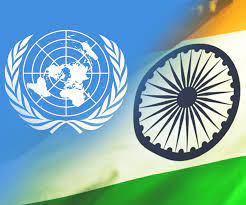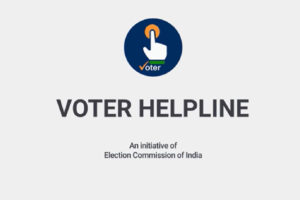On Thursday, India said that there is no “one size fits all” approach for localisation of sustainable development goals (SDGs). While speaking at the United Nations’ high-level political forum (HLPF) on the issue, India also noted that the countries should experience and learn from each other to implement the 2030 Agenda.
India’s Permanent Representative the United Nations TS Tirumurti presented the comments. Tirumurti asked, “How can localisation of SDGs contribute to leaving no one behind?” He further said that the global Covid-19 pandemic is threatening to disrupt the “decade of action”.
Breaking down goals and implementation to sub-national and local levels is the only way to succeed in achieving SDG targets, said TS Tirumurti, India’s Permanent Representative to the United Nations.
Also Read: Complex architecture and Realpolitik bugging efforts to counter climate change
He further said, “It goes without saying that we need to work together collectively to ensure that all countries, especially the vulnerable ones, stay their course on the 2030 SDG Agenda.”
The 2030 Sustainable Development Goals Agenda is the global effort to mobilise actions and commitments to achieve clean, affordable energy for all by 2030.
TS Tirumurti further added that he is convinced “due to the localisation efforts we are undertaking, our path to implementing the 2030 Agenda will be relatively smooth even in the face of the pandemic.”
On speaking about the only way to succeed in achieving SDG targets, he said, “Localisation also allows developing local solutions to local challenges by empowering provincial and local levels of government.”
Also Read: Direct Air capture technology -its utility in countering greenhouse gas effects
Tirumurti further gave an example of successful implementation of localisation of SDGs as he highlighted India’s aspirational districts programme. This programme focuses on more than 100 developmentally challenged districts across five sectors such as health, education, agriculture, infrastructure, and skill development.
The programme also involves real-time monitoring of 49 indicators across the five focus areas on the ‘champions of change’ dashboard. It has a monthly ranking system for the best-performing districts. The districts programme has also strengthened the technical and administrative capacities of the districts through collaboration with development partners for providing technical expertise and skills training.
Also Read: World must act now on Climate Change- US wildfires are just the tip of the iceberg
UNDP’s appraisal report was released in June this year. The report pointed out that the districts programme (mentioned by TS Tirumurti) is a very successful global model of “local area development”. The report also pointed out that the model harps on leveraging local structures of governance with multi-stakeholder partnerships, to ensure that localisation of the SDGs becomes a reality.





